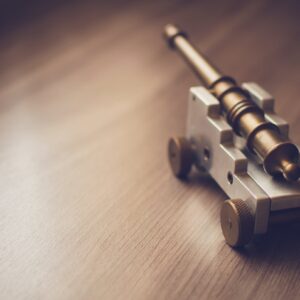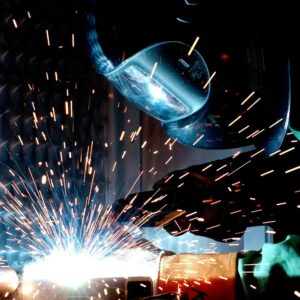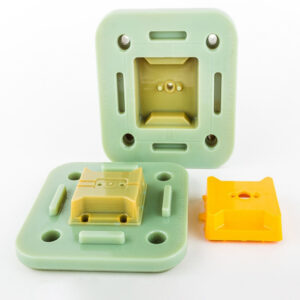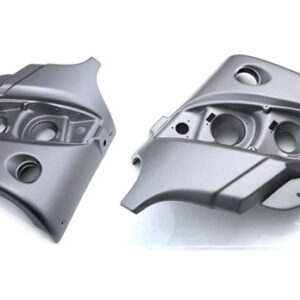
Unveiling Excellence: Choosing the Right Prototype Manufacturers for Your Innovation Journey
In the dynamic landscape of product development, the role of prototype manufacturers cannot be overstated. These skilled professionals play a pivotal role in transforming conceptual ideas into tangible prototypes, serving as a crucial bridge between innovation and market reality. In this guide, we will delve into the key aspects of prototype manufacturers, helping you make informed decisions for your next groundbreaking project.
What Sets Prototyping Apart? Prototyping is a crucial phase in product development that allows creators to visualize and test their ideas before full-scale production. Prototype manufacturers specialize in bringing these ideas to life through meticulous craftsmanship and cutting-edge technology. Whether you’re working on a new gadget, a medical device, or an innovative piece of machinery, the right prototype manufacturer can be the catalyst for success.
Key Considerations When Choosing Prototype Manufacturers:
Expertise and Experience: Look for manufacturers with a proven track record in your industry. Experience often translates to a deeper understanding of specific challenges and nuances, ensuring a smoother prototyping process.
Technological Capabilities: State-of-the-art equipment and technologies are critical for precision and accuracy in prototyping. Ensure that your chosen manufacturer is equipped with the latest tools to meet the demands of your project.
Material Knowledge: Different projects require different materials. A reliable prototype manufacturer should have expertise in working with a variety of materials, providing insights into the best options for your specific requirements.
Customization and Flexibility: Every project is unique, and a one-size-fits-all approach rarely works. Choose a manufacturer that can adapt to your project’s specific needs, offering customization options and flexibility throughout the prototyping process.
Quality Assurance and Testing: Rigorous quality control measures and testing protocols are essential to ensure the accuracy and functionality of your prototype. Choose manufacturers who prioritize quality assurance and comprehensive testing procedures.
Cost and Timeline Considerations: While quality is paramount, it’s essential to consider the cost and timeline of your project. Obtain detailed quotes and timelines from potential manufacturers, and assess them in conjunction with the expected quality of their work.
Communication and Collaboration: Effective communication is crucial in any collaborative effort. Choose a prototype manufacturer who values clear communication and fosters a collaborative environment, keeping you informed and involved throughout the process.
In the fast-paced world of innovation, prototype manufacturers serve as the architects of tomorrow’s breakthroughs. By carefully considering factors such as expertise, technology, materials, and collaboration, you can select the right partner to transform your vision into a tangible reality. Make an informed decision, and let your prototypes pave the way for a successful product launch.




